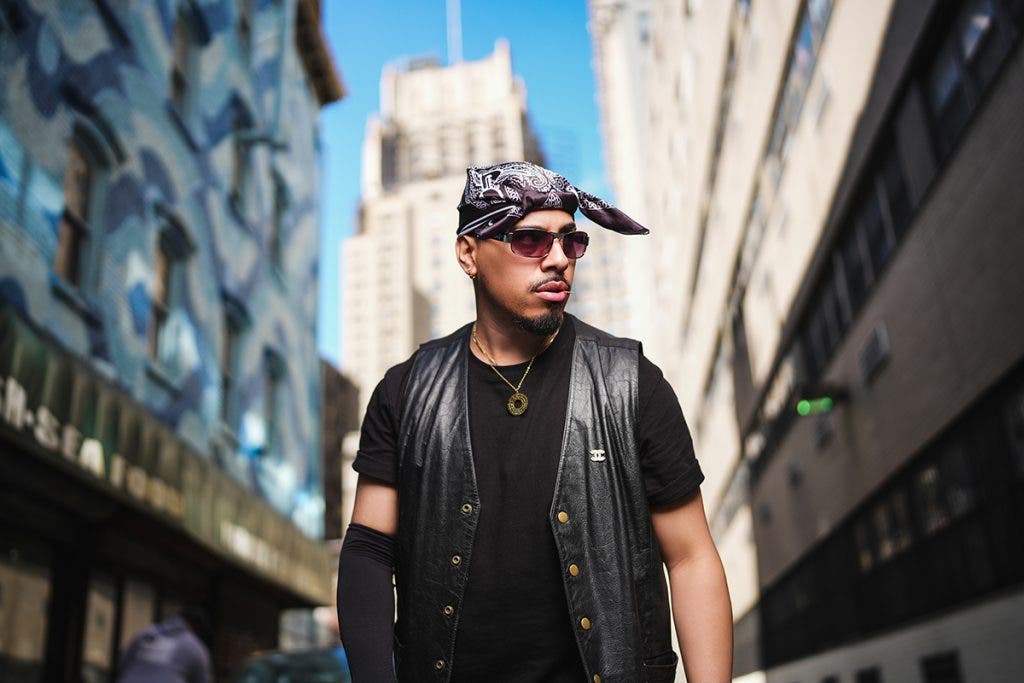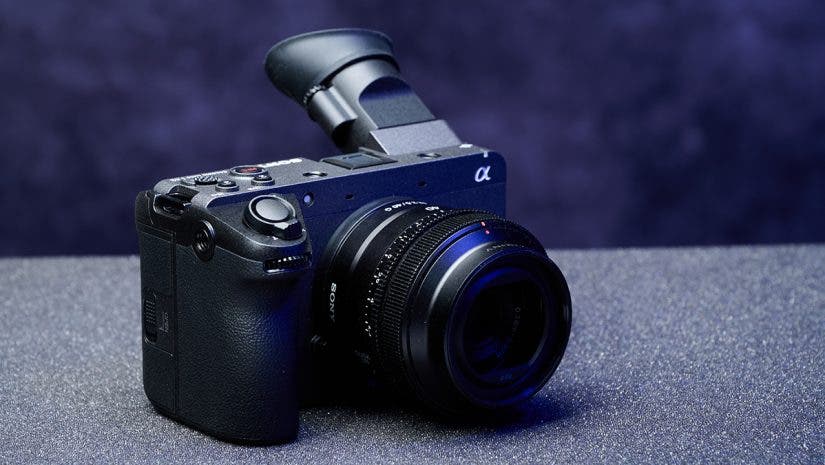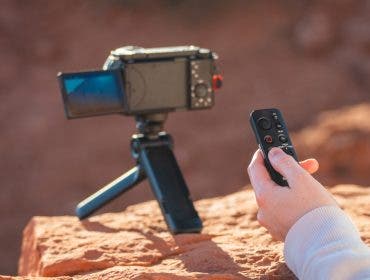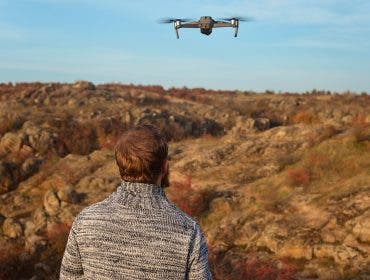There’s been a lot of buzz and anticipation surrounding the Sony FX2. This is not because it is being marketed to reinvent the wheel. Rather, it looks like it can seriously fine-tune what’s working in other cameras in the company’s Cinema Line. As the long-rumored successor to the FX3, the FX2 is built on an already solid foundation. The Sony FX2 focuses on better usability, reliability, and streamlined workflow. It’s designed for serious filmmakers who need a camera that can keep up without getting in the way.
Samuel Bouret Takes to the Streets with the Sony FX2
Cinematographer and photographer Samuel Bouret recently got his hands on the Sony FX2 for this quick review with AdoramaCinema. “Let’s see what this baby can do,” he says in the opening scene of the accompanying video. We see his male subject stroll through the Four Corners Historic District in downtown Newark, New Jersey. Bouret takes the Sony FX2 and pans through the neighborhood. The viewers glimpse the historic Newark Paramount Theater, with its original marquee and signage intact. As the video continues, we get the sense that this isn’t just another camera drop. The FX2 means business.
Bouret soon experiences the standout features of the Sony FX2, built with a 33MP full-frame Exmor R CMOS sensor (the same one found in the Sony A7 IV and A7C II) and paired with Sony’s latest generation image processing engine—the high-speed BIONZ XR. The results? Exceptional image quality and responsiveness, stunning clarity, fast performance, and some serious filmmaking muscle for working pros. As described in the video narration, the camera handles low light and extended range with ease thanks to a Dual Base ISO of 800 and 4000 when shooting in S-Log mode. If you need to push further, it supports up to ISO 102,400. With over 15 stops of dynamic range, it captures stunning detail in both shadows and highlights.
Powerful and Compact Cine Camera
As Bouret’s subject continues to move through downtown Newark—posing against scaffolding, casually walking past storefronts, and then later weaving and running through the city streets—the filmmaker experiences the FX2’s full power in action, including the sharpness of 7K oversampling using full pixel readout for, he says, “crystal clear 4K full-frame recording, record in 10-bit 4:2:2 All-Intra recording up to 600 Mbps, or output 16-bit raw via HDMI, leading to maximum freedom in post. Whether you’re shooting handheld or rigged, you’re covered.
You can also slow things down with variable frame rates—including 4K at 60 fps (with the crop) or up to 120 fps in full HD. The tiltable HD EVF allows flexibility to frame from different angles, and the camera comes with a reversible eye cup for left- or right-eye shooters. Dynamic Active Mode keeps handheld footage steady, and users can load up to 16 user LUTs to preview the final look in-camera or use them in post.
As the review continues with Bouret at the helm, the Sony FX2 continues to reveal its magic to him. Dual mounting holes on the base guarantee more rigging options, a built-in cooling fan helps during longer takes, and upgraded eye-tracking is 30 percent more accurate than the FX3 and FX30. Plus, this evolution of the FX3 now recognizes people, animals, birds, cars, planes—even insects. The camera also has Type-A HDMI, USB-C, headphones, and mic jacks, plus dual card slots that support both CFexpress Type A and SDXC cards. It’s dust- and moisture-resistant, built to go anywhere, and ready for just about anything.

More than a Cine Camera – The Sony FX2 as a Still Camera
At this point, Bouret switches from shooting video at 60 fps to taking some stills with the FX2 and the Sony G Master 35mm f/1.4 lens. The results? Images appear on screen with striking depth, sharpness, rich contrast, and dramatic skies—as well as a vivid pop of color in the form of a red fire hydrant in the foreground of a few images. Says Bouret, “New to the FX2 is S-Log Photo Mode, a setting that allows you to capture 33MP stills with a wide dynamic range and incredible detail. You can also capture the action with the mechanical shutter up to 1/4000 of a second or go completely silent with the electronic shutter up to 1/8000 of a second—and burst shoot up to 10 fps for over 1,000 continuous shots. The flash sync speed is 1/160 or 1/200 in APS-C format.”
In the end, Bouret walks away with a good first impression of this camera and comes to realize that the FX2 is not a replacement for the FX3 but rather a distinct model with its own strengths. “This is like the baby brother of the FX3, to me, but I think it’s a step up from the FX30,” Bouret candidly discloses in his final assessment. “It’s full frame, it’s 33 megapixels. I would choose the FX3 if I need more horsepower, like 4K 120, because this does 4K at 60, and it crops in, but besides that, what a beautiful camera. The images, the video quality—I really love this camera.”






